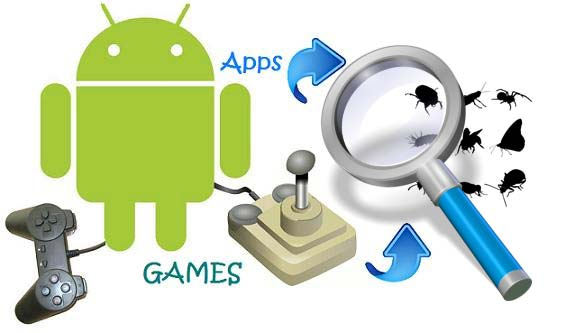Android App Development! When you’re developing an app for the iTunes store that could be used on Apple devices you’re developing an app for a few devices (max). An iPhone and an iPad is a must and then you could also add iPod touch if you want to be open-minded.
And that’s all, there is no further setting, there is no adjusting to 100s of hardware producers and its much easier compared to Android market app development. Also check our 5 Brilliant Web Developers Tools For Android.

Page Contents
From where to start for Android App QA Test ?
So what do the developers such as Willow tree apps, Tech Ahead or Animoca do? And where do they start once they start working on a new app. It is likely that they will gather the majority of the Android devices and test the app on each device available.
Android App QA testing processes
Different developers have different QA testing processes. Some put together all the devices within a company and start multiple testing’s simultaneously and some (such as Pocket Gems) split their testing on phones and tablets. Like this, they test their apps on both smaller and bigger devices. Once this is done they split the testing on high-res and low-res devices.
Android App QA Recommendation
Yes, this would be a smart way and the more devices you gather the bigger the market coverage will be for the app. There will be more downloads and more satisfied users. As the guys from Animoca like to says “If we had taken the approach that 90 percent compatibility is good enough, we’d be lacking support for 7 million of [our] downloads”
Android app QA begins from the market
Once you’ve finished 1st, 2nd and 100th compatibility test you are ready to send your app to the market. But this is not the point where your testing stops. This is the point where you will get the most of the data regarding glitches, bugs or any other mistakes overseen in the first phase of the testing. And all this will be delivered in the form of comments right to developers’ mailbox, in the Google Play store or via forums.
Real (read big and/or serious) players take all these comments with care and try to fix the bug in the next update. If the app has a lot of updates it does not mean the app was not good in the first place, it can also mean that the developers are trying to give the most for your hard-earned money.
What can small players learn from big companies?
Follow the steps of bigger players for Android App Testing
If you’re thinking about developing your first app for the Android market, have in mind that you don’t have to invent anything new. Just follow the steps of bigger players and test your app thoroughly before you send it to Android store.
Where to test your own Android Application
But how can you do it? You don’t have 100’s of different Android’s, right? Here is the catch. You’re not alone and you’re not the first one to think about testing your app. The market is huge and there are companies (such as Symbioware, iViZ Security, AppThwack which is also called as On-demand automated app testing) that will test your app for you.
You simply upload your file (or send it via Email) and they will do the rest. You will receive the results which will clearly show you where is your app crashing, on which device and if that is not enough you will even have a screenshot.
It is better to postpone your launch for some devices and fix bugs than launching it just to get some poor ratings. Poor ratings are a great way to lose your investments. On the other side, if your app gets 5 stars ratings over and over, you will know that your testing was a smart investment. Do not underestimate the power of the user ratings for your android app.
 Tricks Window Technology Zone – Complete Technology Package for Technology News, Web Tricks, Blogging Tricks, SEO, Hacks, Network, Mobile Tricks, Android, Smartphones etc.
Tricks Window Technology Zone – Complete Technology Package for Technology News, Web Tricks, Blogging Tricks, SEO, Hacks, Network, Mobile Tricks, Android, Smartphones etc.



